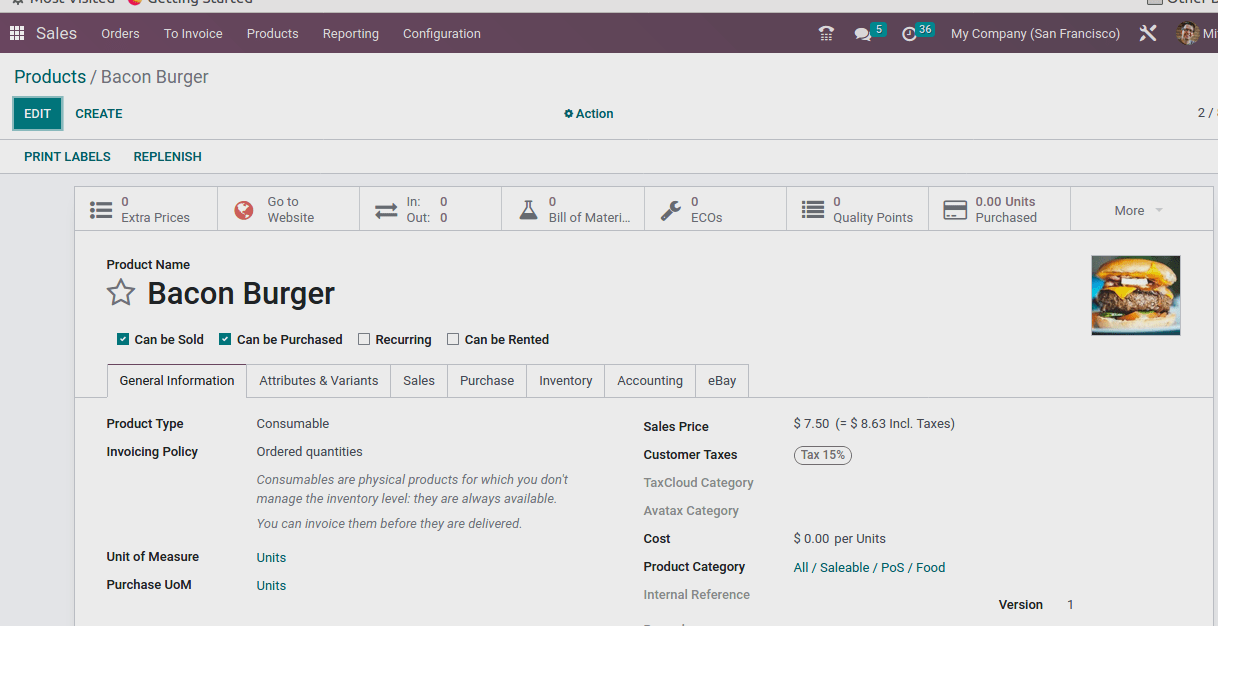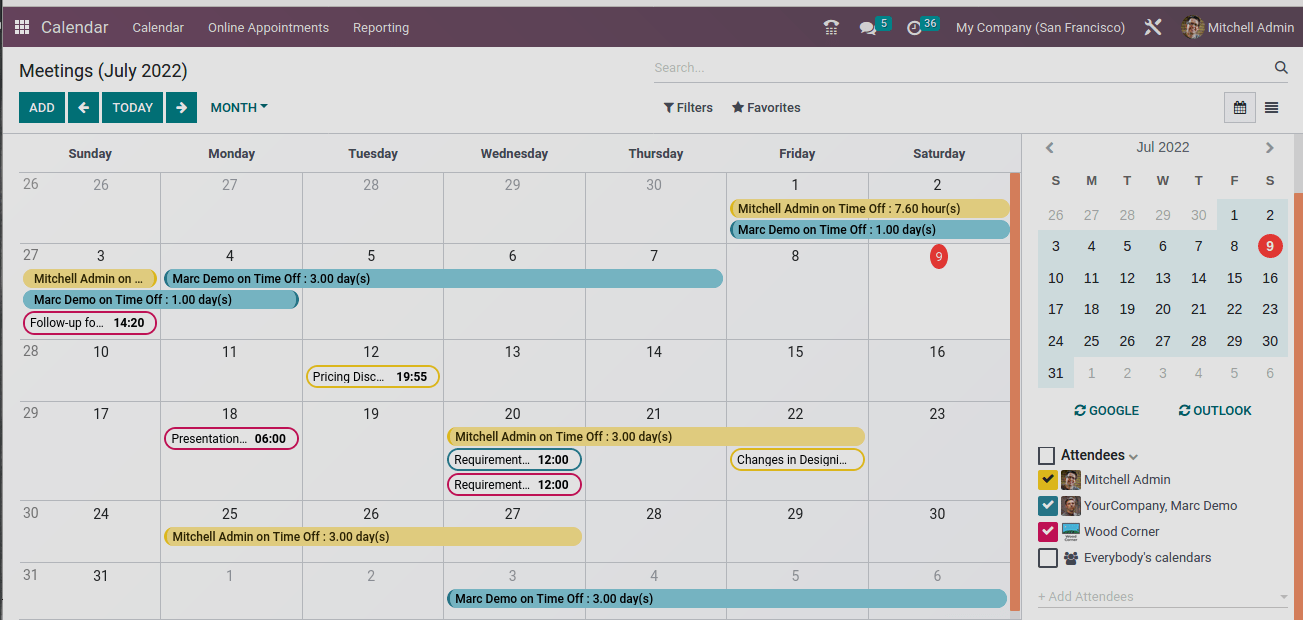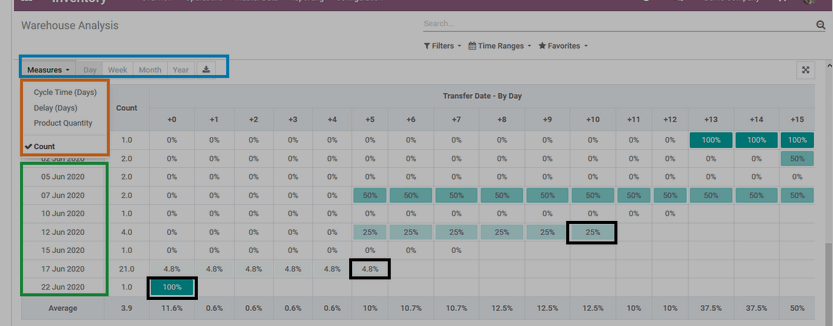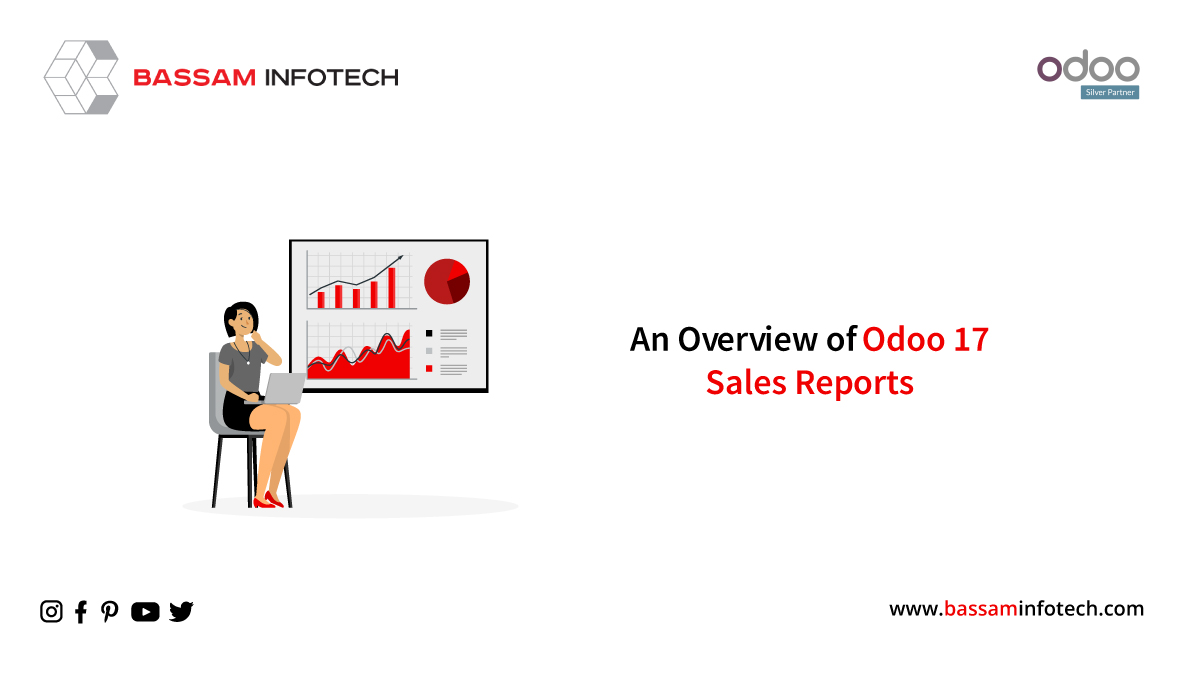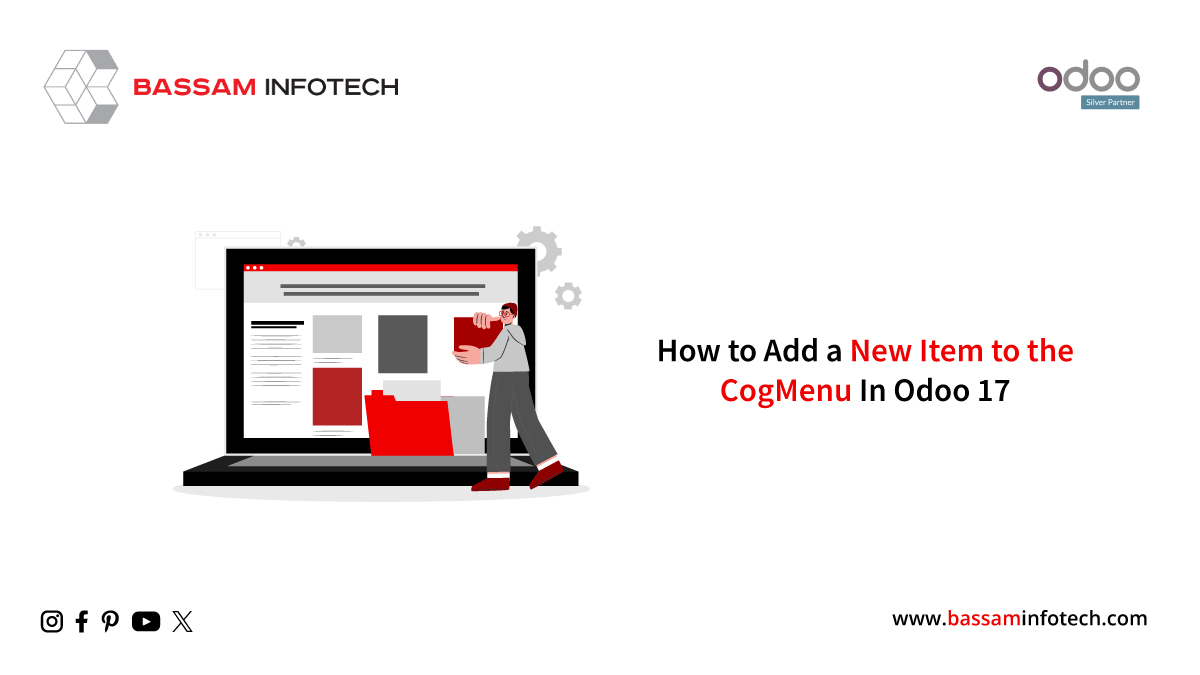Configure Different Types of Odoo Views
July 12, 2022
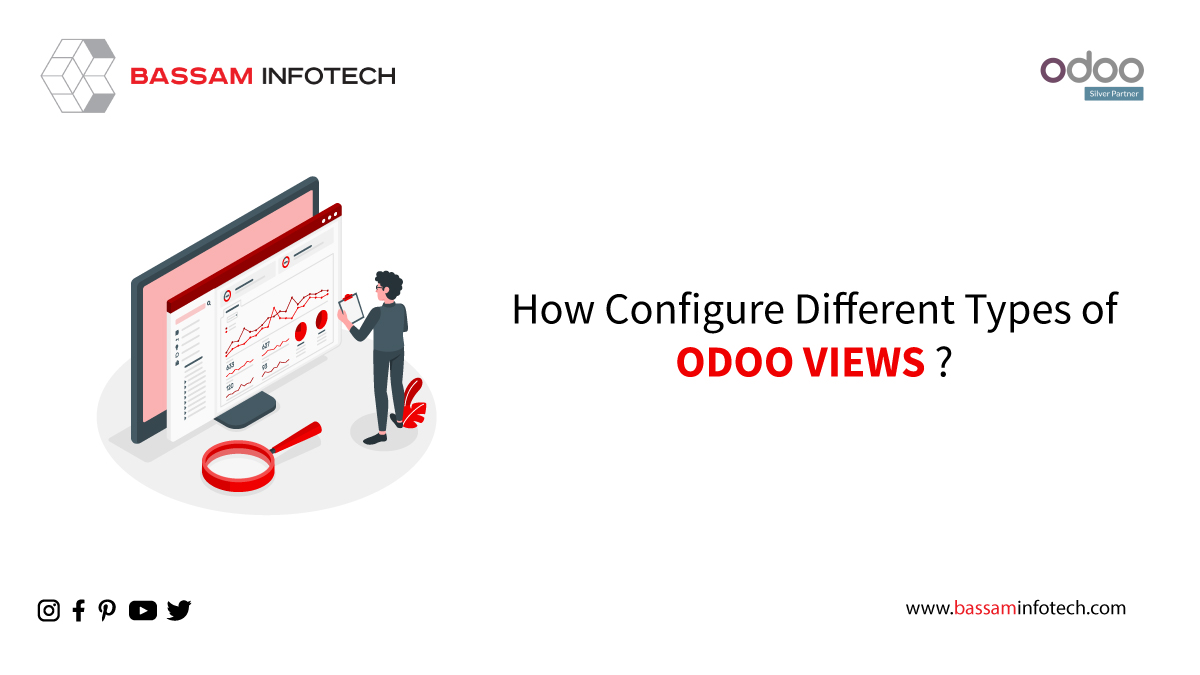
Several types of views are available in Odoo. Each Odoo views are with different functions. They confined each view to one model (database table), but can also show data from the related models.
Odoo views
- List view
- Kanban view
- Form view
- Search view
- Calendar view
- Dashboard view
- Gantt view
- Pivot view
- Graph
- Grid
- Map
- Cohort
List View
It has also known list view or a tree view. List view is most useful for the customer to understand the major details in a single shot.
- Each user can customize the list view as per their wish because list view there is an option to hide optionally these options Customers can control what is the option they need to see in their window.

Kanban View
- The concept of Kanban is a Japanese practice of using cards on board to have a visual representation of activities.
- A kanban view is therefore a series of cards with key information highlighted.
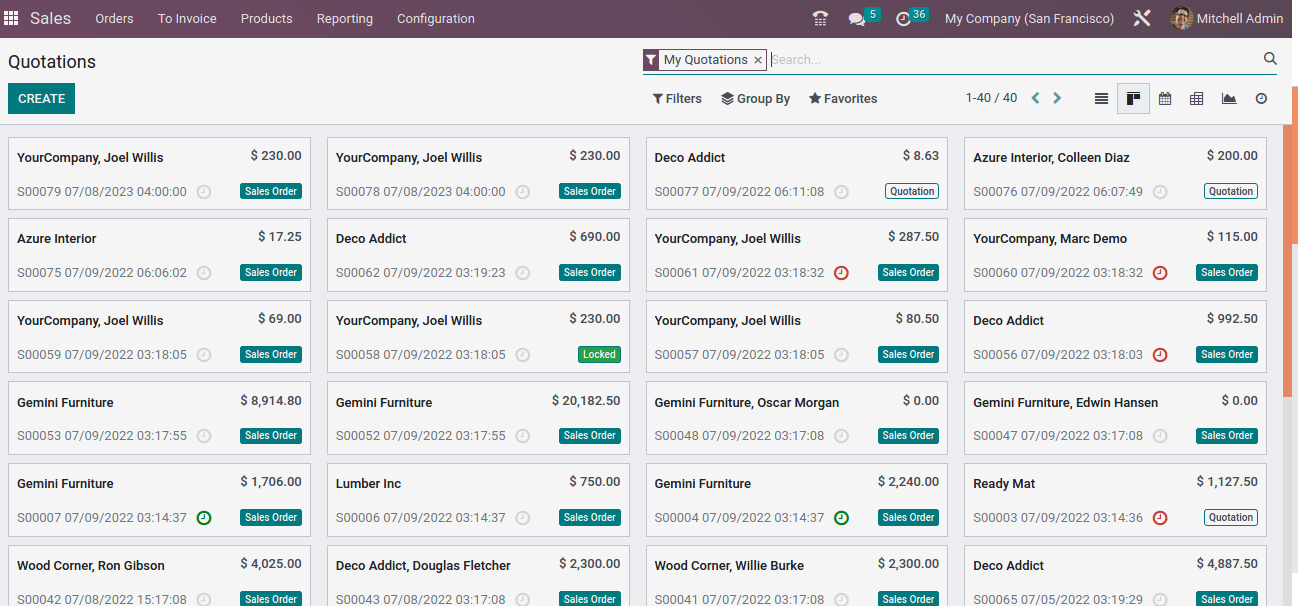
Form view
It displayed a single record from a single model. There is also the ability to display a great deal of
Associated data (database table) from other models. For example, product.
Search
- These view-provided search functions cannot be displayed on their own. We used them with other views provided as a search function. Different search functions work with Odoo implementation. The first one is quick to search this search user can enter the keyword in the search screen and select the search parameter here user daily search content only adding e.g.: customer name, phone number, etc. There’s also an advance search filter option is there. Here users can search any parameter exiting form. Group by search option using this filter users can group any data.
- For example, group by category or group by product type, etc.
Also, users can able to add their search function to their favourite search option to save time.

Calendar Odoo Views
The calendar menu is mainly used to identify the recorded events monthly weekly and daily. A calendar menu uses primarily for meetings and leaves an application overview etc. because in the calendar view data should have a start date and end date.
Dashboard
The dashboard view is only available in the enterprise version. Users can make their dashboard data using a filter and group by function.
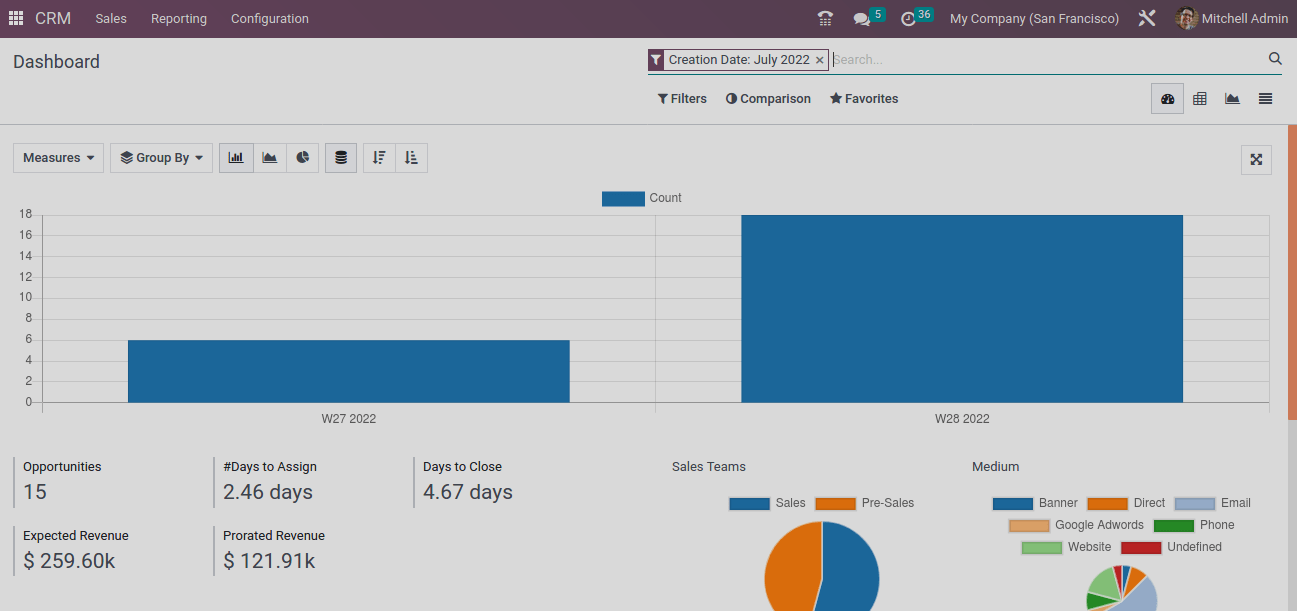
Gantt
Primarily This feature is not available in the community. Designed primarily for a project and manufacturing application. Provided a list of activities with a start date and end date.
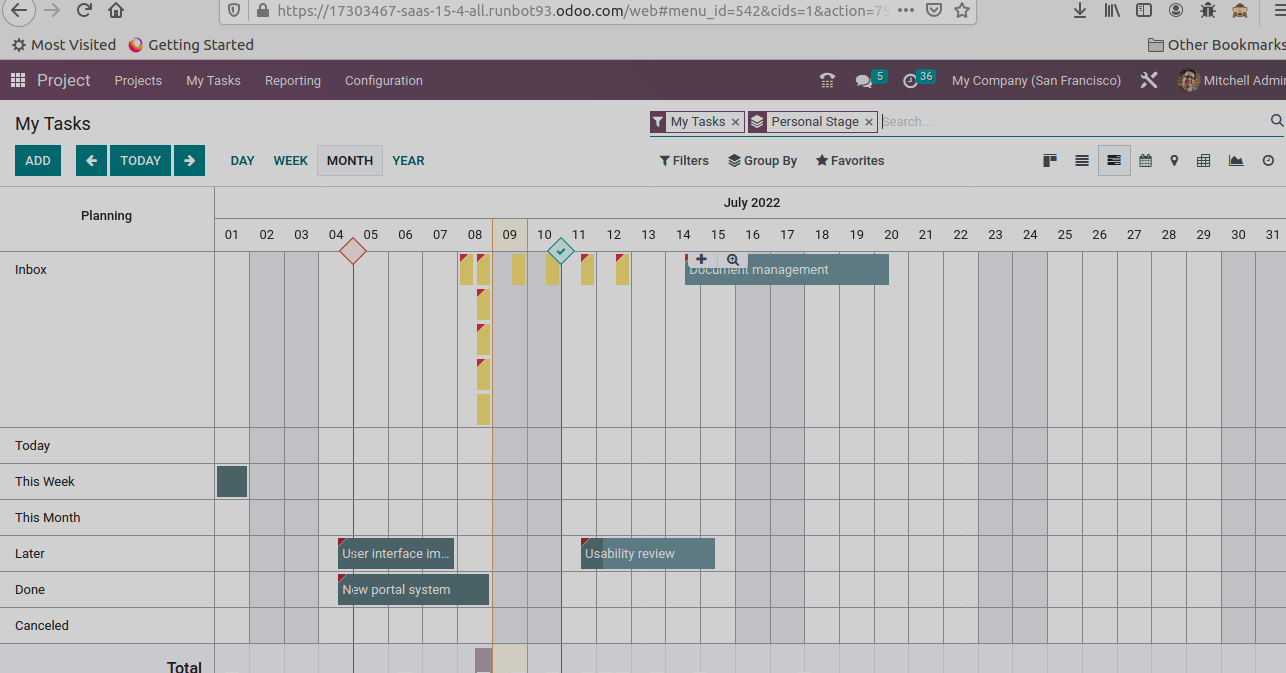
Pivot
Pivot view used for data analysis. User can analyze their data using different verticals
- For example, In sales, users can analyse salesperson wise with the different time periods or sale person VS product category, etc.
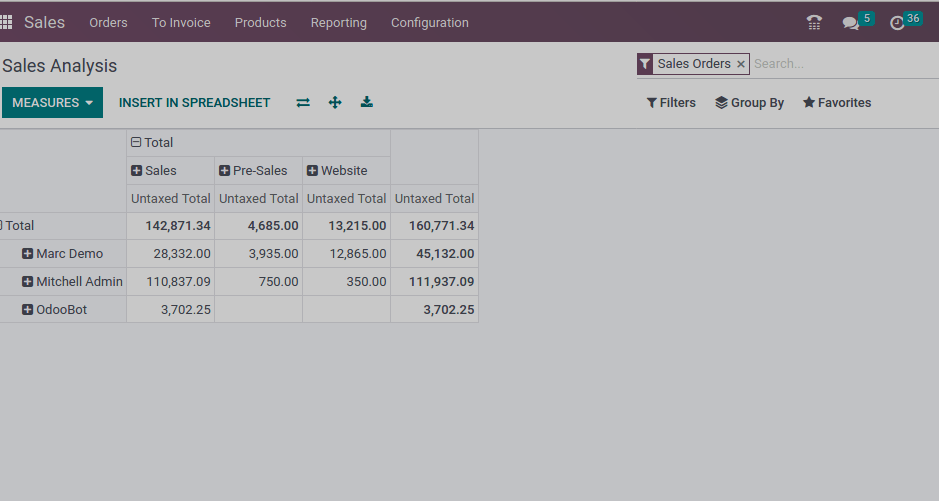
Grid Odoo Views
Grid view is a very convenient way to manage data in Odoo, especially in the timesheet module. Above all, it allows the project manager and employee to see data dynamically through the week, month or year as you need.
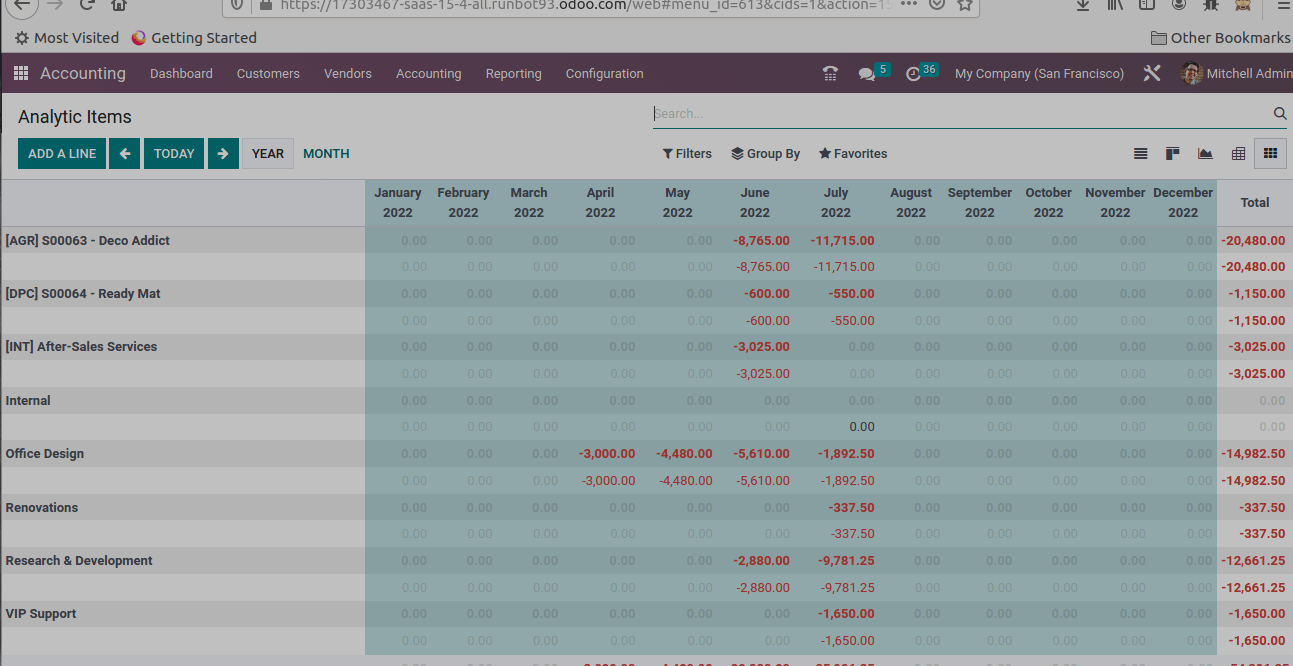
Cohort view
- A cohort view provides information for the next 15 days or months or years. They mainly used this view in warehouse analysis.
- The inbound and outbound transfers will clearly mention this view. Therefore, the user can determine the product requirement at its various inventories and the duration of the stock will run out and plan accordingly. Further, the percentage of a depiction of the transfer will also be displayed in the user interface.
- For example, if a product has been ordered and shipped, it displayed a numerical percentage in a view. However, if the product has been delivered, and it has fulfilled the order,a numeric percentage will appear.
"Unlock the Full Potential of Your Business with Odoo ERP!"
"Get a Cost Estimate for Your ERP Project, Absolutely FREE!"
Get a Free Quote